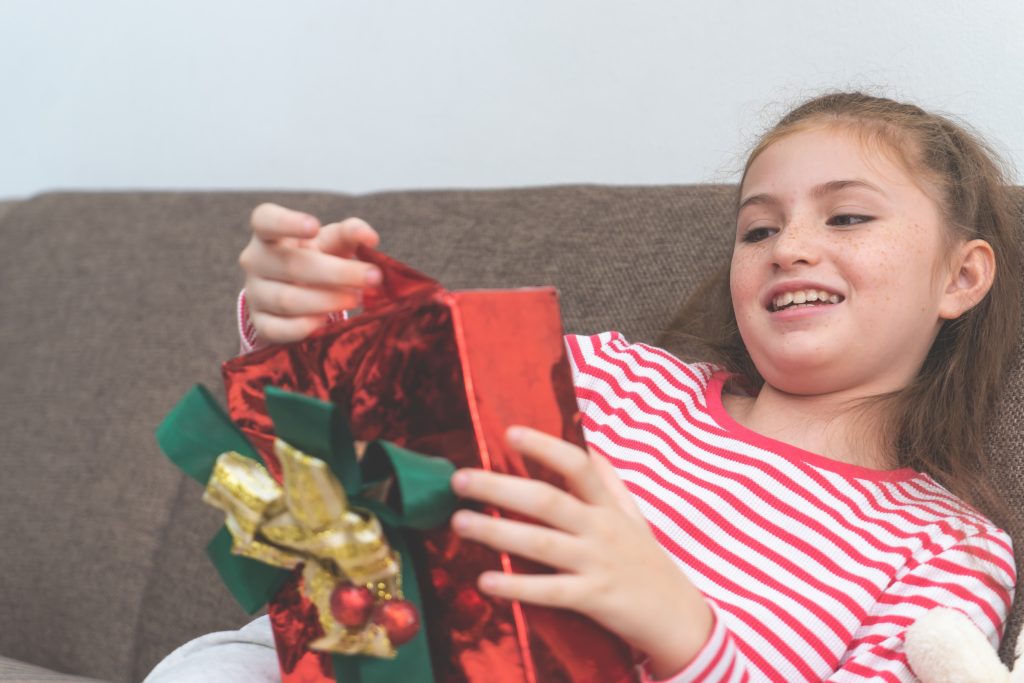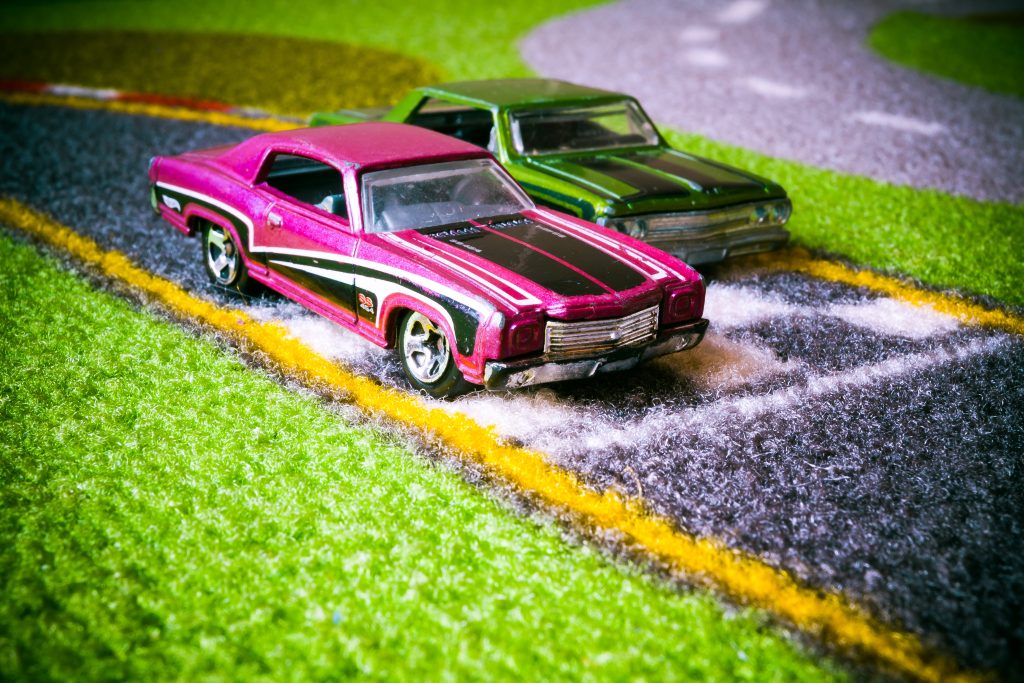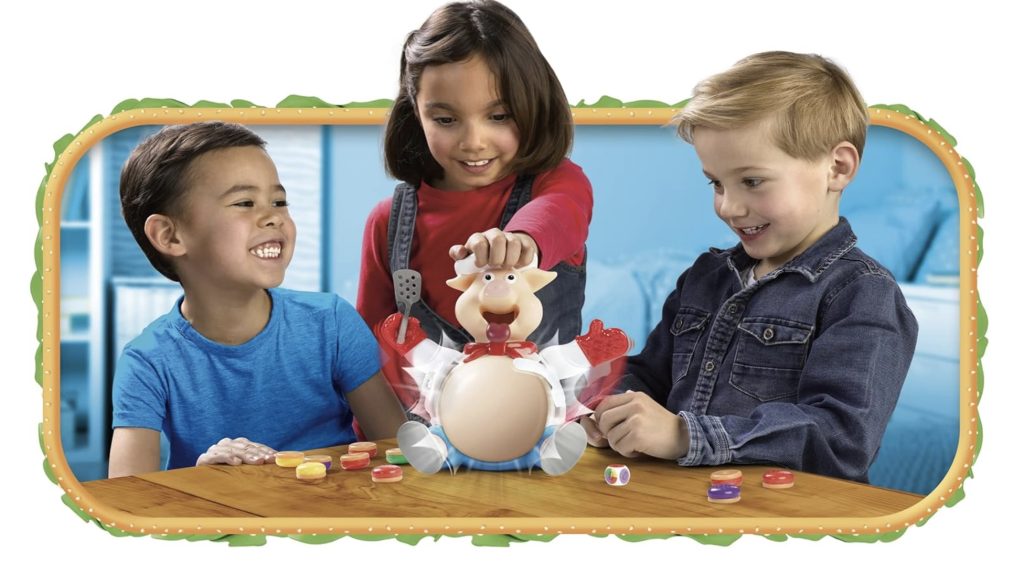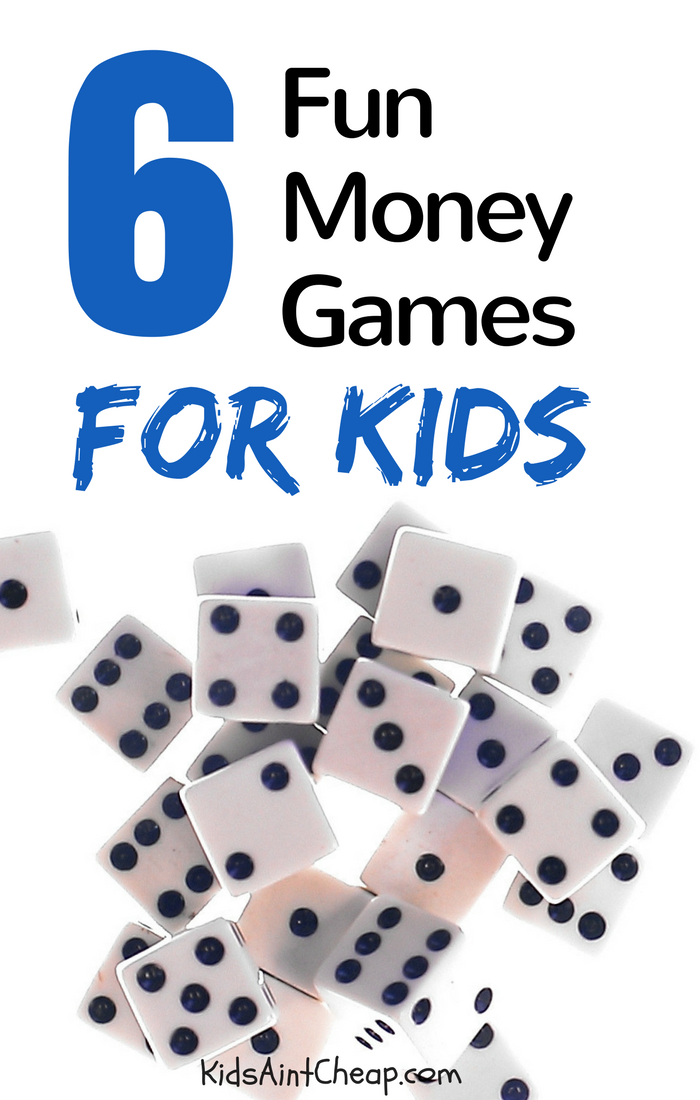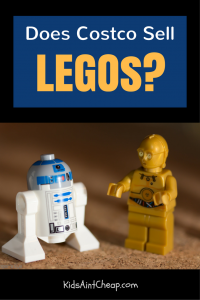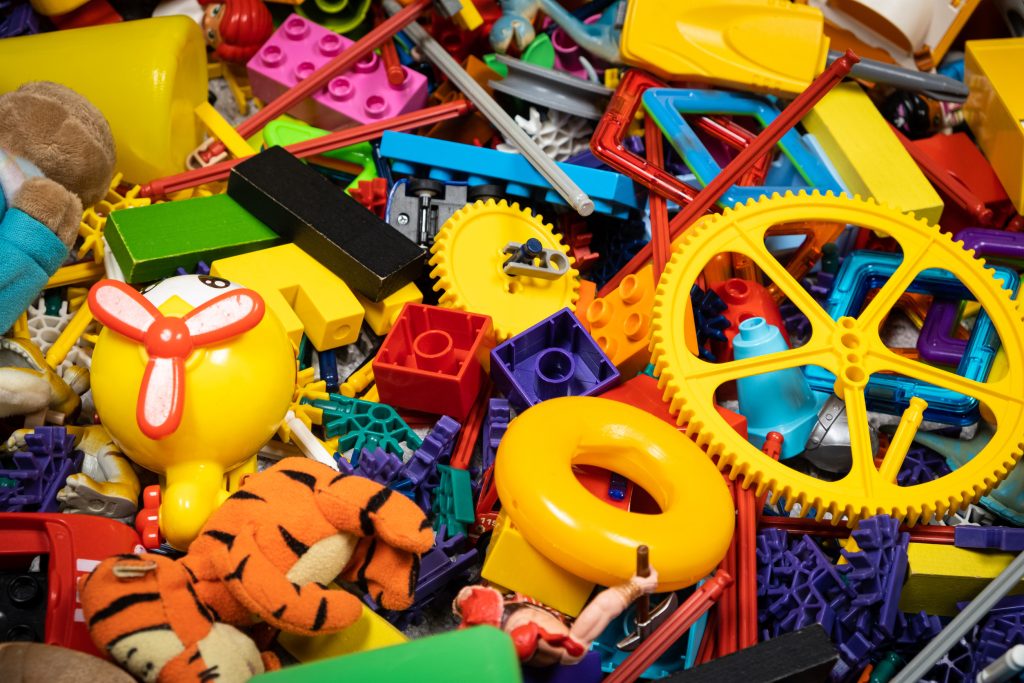
If your kid can break it, they will—and they’ll do it faster than the warranty can be activated. Every parent knows the pain of spending good money on a toy, only to have it snap, crack, or crumble after a single enthusiastic toss onto the floor. That’s why real-world testing—like the classic drop test—matters more than slick packaging. Durability counts, especially when you’ve got toddlers who think “gentle play” is for suckers. We put some of the most popular toys through serious handling to see which toys passed the drop test—and which ones didn’t even make it through the week.
9 Toys That Passed the Drop Test
1. LEGO Classic Brick Set
It’s no surprise that LEGO made the list of toys that passed the drop test. These colorful bricks are virtually indestructible, whether stepped on, thrown, or dropped from a table. Pieces might fly, but they don’t crack. The clutch power remains strong even after years of use. Bonus: the more they’re dropped, the more creative the clean-up becomes.
2. Green Toys Dump Truck
Made from recycled plastic and built to last, this truck handled drops, crashes, and outdoor play like a champ. The simple design has no flimsy parts, making it ideal for toddlers who like to crash-test their vehicles. It’s dishwasher safe, too, which is a perk after muddy adventures. This one survived indoor and outdoor testing with zero cracks. It’s a classic example of quality over flash.
3. Melissa & Doug Wooden Puzzles
These chunky wooden puzzles didn’t even flinch during multiple drop tests. The pieces may scatter on impact, but the boards and parts didn’t chip or splinter. They’re heavy-duty, tactile, and perfect for rough handling. This durability makes them a go-to option for toddlers and preschoolers alike. Just keep your toes clear if they drop on your foot.
4. Tonka Steel Classics Mighty Dump Truck
Few toys live up to their branding quite like this one. Made of real steel, the Tonka truck has legendary durability, and it showed. It withstood repeated drops down stairs and off counters without so much as a dent. The wheels stayed intact, and the dumping mechanism still worked perfectly. It’s one of the most indestructible toys on the market.
5. VTech Sit-to-Stand Learning Walker
Even with flashing lights and musical buttons, this toy held up surprisingly well to everyday wear and tear. The plastic is thick and stable, and even when toppled repeatedly, the electronics kept working. The wheels didn’t crack, and none of the interactive elements broke. It handled everything from crawling babies to overenthusiastic siblings. A solid pick for active little learners.
6. B. Toys One Two Squeeze Blocks
These soft, squishy building blocks are made from non-toxic rubber and are virtually impossible to damage. They were thrown, stepped on, and gnawed—and still looked brand new. Perfect for teething babies and busy toddlers. They also float in the bath, adding to their versatility. One of the more parent-friendly options that passed the drop test with ease.
7. Play-Doh Play Sets
Sure, the dough itself gets everywhere, but the tools are built to last. Rolling pins, stampers, and molds were dropped and stomped on, yet nothing snapped or bent. They’re lightweight but surprisingly strong. And even if they do wear out, replacements are easy to come by. When it comes to value and durability, Play-Doh earns high marks.
8. Fisher-Price Little People Sets
These tiny figures and buildings took a lot of abuse without showing signs of damage. The people themselves are compact, with no small parts that break off. Houses and vehicles held up to falls off couches, tables, and stairs. These toys are clearly built with toddlers in mind. They’re fun, safe, and shockingly durable.
9. Hot Wheels Cars
These small die-cast vehicles are surprisingly tough. Even after crashes, tosses, and multi-level track failures, the wheels kept spinning. Some paint may chip, but the cars themselves don’t fall apart. They’re one of the cheapest yet most reliable toys when it comes to durability. Definitely a win for both parents and kids.
4 Toys That Didn’t Survive a Week
1. Slime-Filled Surprise Toys
These might be fun at first, but once dropped, the plastic capsules often cracked or exploded. And once the slime is out, the toy becomes trash—or worse, a cleaning nightmare. They offer short-term excitement but very little actual play value. Most didn’t make it past day three. These fail both the drop test and the sanity test.
2. Knockoff Remote Control Cars
Budget versions of RC cars often look just like the real thing, but that illusion disappears after one solid crash. Cheap plastic snapped off, and one car even lost a wheel during a low drop. Batteries fell out, buttons broke, and functionality was lost. In short, they were more headaches than fun. A little extra investment goes a long way in this category.
3. Fashion Dolls with Snap-on Limbs
Many fashion dolls didn’t make it past one week of normal play. Arms popped off, legs bent backward, and accessories cracked with minimal pressure. Kids became frustrated trying to put them back together. While they may look cute, they simply weren’t made for rough-and-tumble play. They might survive on a shelf, but not on the floor.
4. Battery-Operated Bubble Machines
We had high hopes, but most of these broke after being tipped or dropped once. The motors jammed or the bubble wands snapped, and even replacing batteries didn’t help. These toys often look durable but fall apart quickly. Save your money and go for a good old-fashioned bubble wand.
Durability Saves Dollars in the Long Run
When it comes to buying toys for your child, choosing options that pass the drop test doesn’t just prevent tantrums—it protects your wallet. Cheap toys that break within days end up costing more in the long run. Look for simple designs, solid materials, and products made with real-life play in mind. Because at the end of the day, it’s not about how shiny a toy looks—it’s about how well it survives playtime in the hands of a curious, chaotic child.
Have you found a toy that truly stands up to your kid’s “quality testing”? Or one that totally flopped in a day? Share your best and worst in the comments!
Read More:
5 Toys Kids Are No Longer Playing With In Daycare
5 Toys That Were Never Designed to Be Used by Children
Catherine is a tech-savvy writer who has focused on the personal finance space for more than eight years. She has a Bachelor’s in Information Technology and enjoys showcasing how tech can simplify everyday personal finance tasks like budgeting, spending tracking, and planning for the future. Additionally, she’s explored the ins and outs of the world of side hustles and loves to share what she’s learned along the way. When she’s not working, you can find her relaxing at home in the Pacific Northwest with her two cats or enjoying a cup of coffee at her neighborhood cafe.

